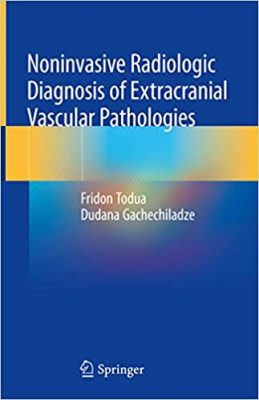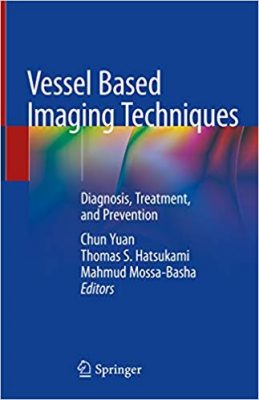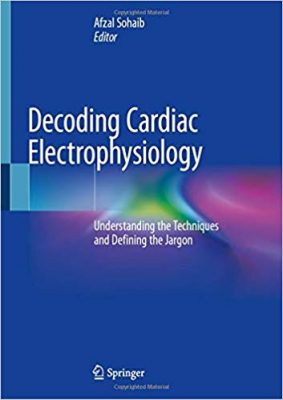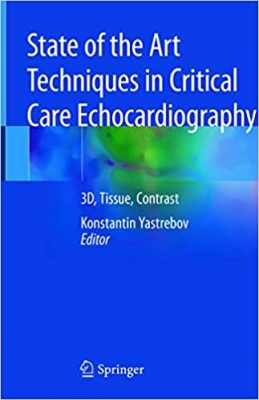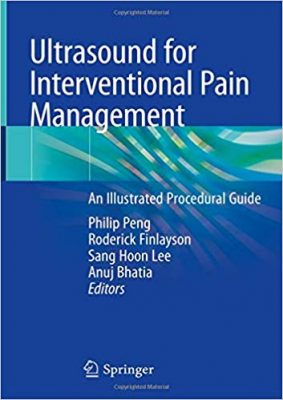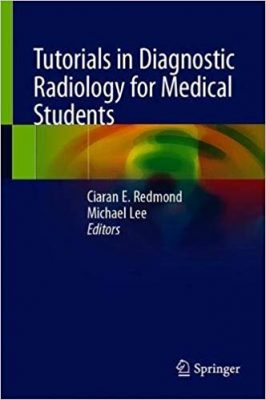Rapid On-Site Evaluation (ROSE) in Diagnostic Interventional Pulmonology: Volume 1: Infectious Diseases
Rapid On-Site Evaluation (ROSE) in Diagnostic Interventional Pulmonology: Volume 1: Infectious Diseases
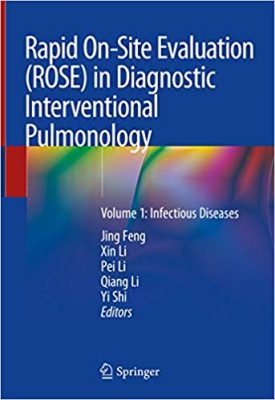
Rapid On-Site Evaluation (ROSE) in Diagnostic Interventional Pulmonology
This book provides a comprehensive overview of the “real-time accompany technique” for diagnostic interventional pulmonology, known as rapid on-site evaluation (ROSE). It also offers readers a detailed understanding of how to interpret ROSE cytological slides, which is key to the interventional procedure itself and valuable in the analysis of the infectious disease status. The first part discusses the ROSE procedure, clarifying the role of ROSE in the diagnosis of respiratory diseases, while further sections address correct work processes and the implications of ROSE, incorporating multidisciplinary perspectives on respiratory diseases, interventional pulmonology, pathology, clinical microbiology and infectious diseases. This helps practitioners, such as pulmonologists, interventional physicians, radiologists, critical care physicians, haematologists and rheumatologists, establish standardized clinical practices. The book also covers detailed clinical workups, including presentations of lesions, which are of interest to physicians from other specialties.
DOWNLOAD THIS BOOK
FOR MORE BOOKS VISIT EDOWNLOADS.ME

